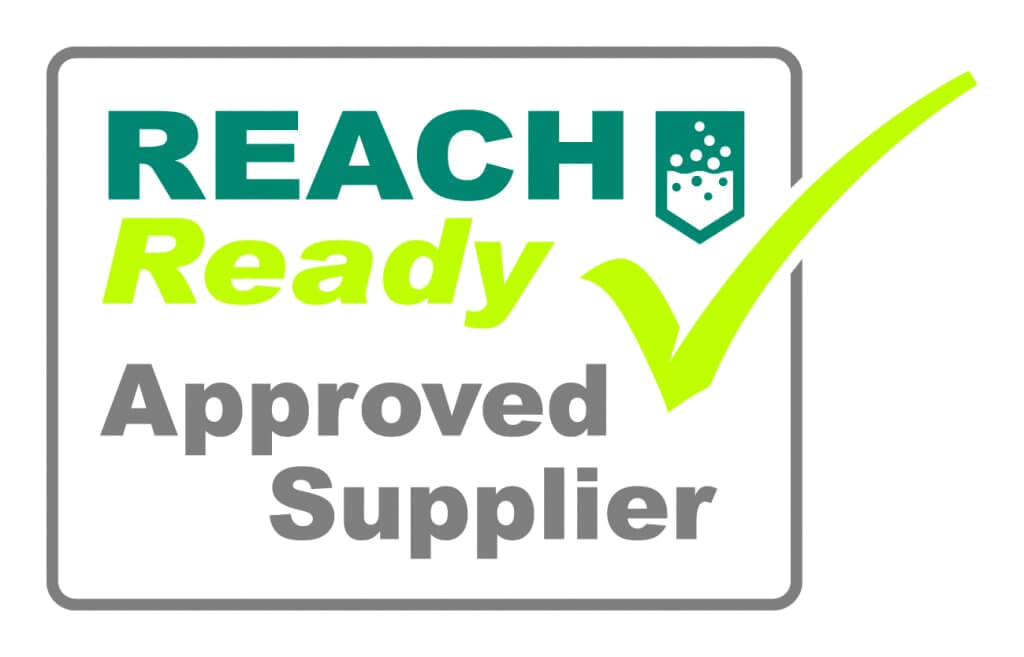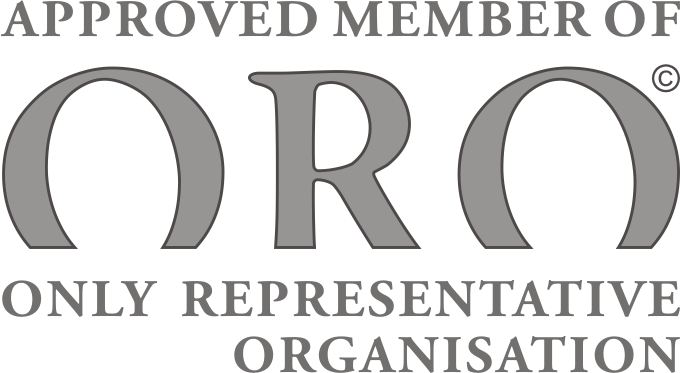Key Account Manager
Phone +358 44 974 0601
rebecca.karjalainen@chementors.fi
Finnish | English | French
To legally place your products (articles) on the EU market, the information on Substances of Very High Concern (SVHC) in your products must be submitted to the SCIP database.
The SCIP notification prepared by Chementors helps open the door to the EU market!

Rebecca Karjalainen
Customer inquiries
+358 44 974 0601
rebecca.karjalainen@chementors.fi
Finnish | English | French
SCIP (Substances of Concern In articles, as such or in complex objects [Products]) is the database that contains information on substances of very high concern (SVHCs) in articles as such or in complex objects (i.e., products), built under the Waste Framework Directive (WFD) (EC) No. 2008/98.
Chementors has a good reputation and extensive experience in dealing with SVHCs in products.
We handle the SCIP reporting process from scratch, including a thorough assessment of which components (i.e., articles) of your product fall within the scope of SCIP compliance. By trusting our expertise, you get the most resource-efficient and high-quality service.
The EU national authorities oversee the compliance requirements related to SCIP notifications. Through monitoring, the authorities have the right to undertake various actions, including issuing guidance letters, imposing sales bans, initiating recalls, and imposing fines on non-compliant products.
Companies are responsible for ensuring their products comply with SCIP regulations. Consequently, they bear the financial burden associated with any enforcement actions taken against them. Additionally, such actions can result in reputational damage to the company, which would affect customer trust and market access.
SCIP process requires the capability to:
We provide an end-to-end SCIP compliance solution from data assessment to dossier submission.
To gather all relevant data on your products to compile the SCIP notification. The pre-study contains:
Our team consists of experts with in-depth knowledge of the Waste Framework Directive. SVHC assessment and SCIP notification are our weekly work. We are here to assist you.

Phone +358 44 974 0601
rebecca.karjalainen@chementors.fi
Finnish | English | French

Phone +358 10 504 5860
satu.salomaki@chementors.eu
Finnish | English

Phone | +358 9 2316 7090
antti.aalto@chementors.eu
Finnish | English
SCIP stands for Substances of Concern in Articles as such or in complex objects (Products). It is a database that consists of information on substances of very high concern (SVHCs) in articles, as such, or in complex objects (i.e., products). The database is structured under the Waste Framework Directive (WFD) (EC) No. 2008/98.
Under the WFD, from January 2021, companies supplying articles containing SVHCs, which are included in the EU Candidate List, in a concentration above 0.1% w/w to the EU market will have a legal obligation to submit a SCIP notification to the European Chemicals Agency (ECHA).
The SCIP notification dossier contains specific information on the article, which will then be published in the SCIP Database to make it available to waste operators and consumers.
This transparency regarding hazardous substances helps consumers make informed purchasing decisions and provides information on how to use and dispose of products safely.
The SCIP database also encourages and promotes the substitution of hazardous substances with safer alternatives.
Chementors provides comprehensive SCIP compliance services. We cover the entire process, from data assessment and notification submission to issuing SCIP certificates.
SCIP (Substances of Concern In articles, as such or in complex objects [Products]) is the database that contains information on substances of concern in articles as such or in complex objects (i.e., products). SCIP is built under the Waste Framework Directive (WFD) (EC) N. 2008/98.
Under the WFD, from January 2021, companies supplying articles containing substances of very high concern (SVHCs) on the Candidate List in a concentration above 0.1% w/w on the EU market have a legal obligation to submit a SCIP notification to ECHA.
The SCIP notification consists of certain information on the article which will be then published in the SCIP database to make it available to waste operators and consumers. database to make it available to
This transparency on hazardous substances helps consumers make informed purchasing decisions and provides information on how to best use and dispose of a certain product.
SCIP database also encourages and boosts the substitution of hazardous substances for safer alternatives.
Chementors provides SCIP notification service. We handle the process from scratch which includes assessment of which components (i.e., articles) of the product fall into the scope of SCIP.
What is an “article” and “SVHC” in the realm of SCIP? Understanding this definition will help companies determine which products are subject to SCIP notifications.
According to Article 3(3) of the REACH Regulation (EC) No. 1907/2006, an article means an object that, during production, is given a special shape, surface, or design that determines its function to a greater degree than its chemical composition. Hence, Electronics, automotive, aerospace, furniture, clothing, toys, and all consumer products (simple and complex articles) that contain SVHC components are subject to SCIP notification.

Meanwhile, substances of very high concern are chemicals that:
The obligation to submit a SCIP notification covers all articles placed on the EU market containing a substance of very high concern on the Candidate List in a concentration above 0.1 % w/w.

The following suppliers of articles are duty holders under the SCIP notification obligation:
Suppliers of articles need to submit the following information to ECHA:
SCIP is an English abbreviation meaning Substances of Concern in articles, as such, or in complex objects (Products).
After successfully submitting a SCIP notification through the ECHA Submission Portal, suppliers of articles receive an alphanumeric identifier known as the SCIP number, which is included in the submission report.
The SCIP number uniquely identifies the SCIP notification made by a submitter for an article or complex object.
For submitting a SCIP notification, you will need to use a valid ECHA Account.
The first step is gathering all required information and creating the SCIP dossier.
Following this, the data is submitted through the ECHA Submission portal or an S2S submission.
The SCIP database provides technical data for companies to ensure the safe use, improved reuse, and recycling of articles. In contrast, the Registration, Evaluation, Authorization, and Restriction of Chemicals (REACH) is the system for controlling chemicals in the EU/EEA.
REACH aims to improve the protection of human health and the environment from the risks posed by chemicals.
The information to be provided to ECHA in a SCIP notification must include the following:
A third party may submit data to the SCIP database on behalf of a duty holder. However, duty holders retain responsibility for the notifications submitted to the SCIP database.
ECHA will publish the information, as received, on its website. However, The SCIP Database does not disclose the link between the SCIP notification and its submitter. ECHA will also ensure the protection of confidential business information where justified.
Customer inquiries
Phone +358 44 974 0601
Address: Chementors Oy, Smart Chemistry Park, Raisionkaari 55, FI-21200, Raisio, Finland
Email: rebecca.karjalainen@chementors.fi
Finnish | English | French




Chementors Ltd | Finland | Hong Kong | Vietnam | info@chementors.fi